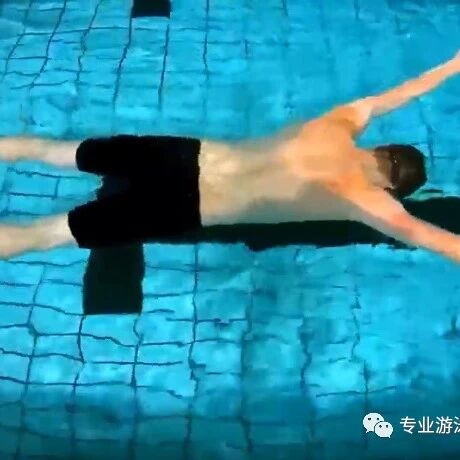Looking up while swimming isn’t an unconventional approach—here are three key benefits of improving your swimming technique.
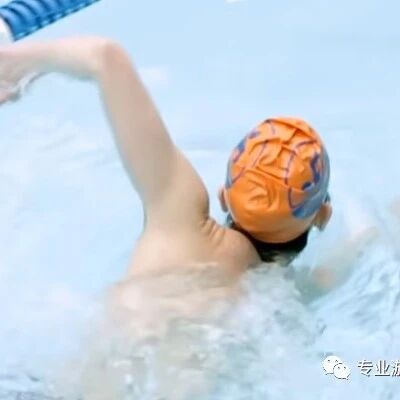
Children who grow up near water naturally develop some level of "water sense"—they might not have perfectly polished swimming techniques, but that doesn’t stop them from enjoying swimming to the fullest. Water sense and swimming skills are directly linked, fostering a mutually beneficial relationship: swimmers who teach themselves often need to refine their movements repeatedly to achieve proper form, while those with formal swimming training shouldn’t look down on others simply because their techniques differ—labeling alternative styles as "unconventional" or "unorthodox." Such an attitude actually hinders rather than helps one’s own progress in improving swimming skills.
Take the dog paddle as an example—it’s arguably the very first swimming stroke that self-taught swimmers instinctively figure out on their own. While this style offers a wide field of vision by keeping the head up, it’s far less efficient for forward motion. Still, swimming in this manner for an hour or two can feel surprisingly effortless. Plus, regularly practicing the (keeping your head up) can significantly enhance your overall swimming technique and performance.
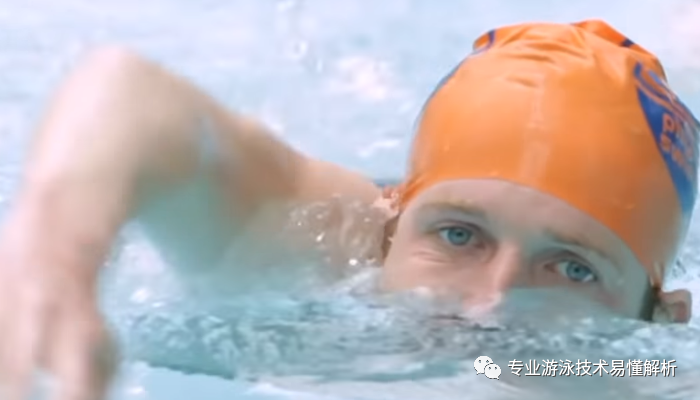
1. Helps improve fundamental swimming skills
Efficient swimming in any stroke relies on the body's ability to maintain balance in the water. To achieve optimal balance, two key factors are essential: first, the body must be able to relax completely; second, the core muscles need to engage and tighten. Relaxation allows the body to float more effortlessly in the water, while a firm, engaged core helps unite the upper and lower body, enabling the swimmer to maintain a straight, rigid posture.
Upright swimming places higher demands on these two aspects. If the body can’t relax, or if the core isn’t engaged, it becomes challenging to perform upright swimming effectively.
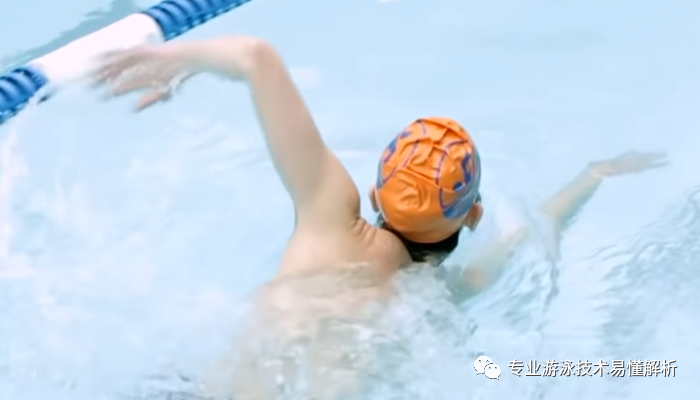
2. Helps enhance awareness of swimming techniques
There are several ways to swim with your head above water— it’s not limited to the dog paddle. You can also try (upright breaststroke), (breaststroke with lifted head), and (backstroke with head up). When swimming upright breaststroke, keep your arms slightly ahead of your chest, sweeping the water diagonally downward with both palms—or rather, performing an outward sweep while simultaneously pressing the water downward. This keeps your head comfortably above the surface. Your frog-like kicks should be gentle, with a slow retraction followed by a relaxed extension, making the stroke feel especially smooth and enjoyable. In upright freestyle, extend one arm forward while the other pushes the water backward. Once the pushing arm reaches below chest level, bring your palm close to your chest before returning to the forward position. At the same time, lightly flutter your legs to help keep your head steadily above the water.
When swimming with your head up, your core naturally tenses, and this is accompanied by a strong engagement of your lower back—both of which can greatly enhance your understanding of the rhythm between the frog kick and the coordinated movement of the legs in breaststroke. Similarly, in freestyle with the head up, you’ll clearly feel the connection between your waist and hips, helping you better grasp how to activate your hips during the body’s lateral rotation.
Moreover, for all swimming styles, swimming with your head up proves particularly effective in refining hip-control techniques, improving hip positioning, and keeping your body closer to the water’s surface. It’s important to note, however, that even when swimming freestyle with your head above water, your body still needs to rotate laterally—otherwise, treating it as simply lying flat on the water while lifting your head would completely defeat the purpose of this technique.

3. Practical Short Sprint Drills with Proper Form
Upright short-distance drills are highly effective for improving a swimmer's sprinting ability. In the upright breaststroke short-burst practice, the power generated by the frog kick propels the upper body underwater, forcing the swimmer to increase the frequency of their forward-reaching and inward-outward arm movements. This not only enhances breaststroke propulsion speed but also boosts anaerobic endurance during sprints. Meanwhile, upright freestyle short-burst exercises are invaluable for refining freestyle stroke rate while promoting seamless shoulder joint coordination, as well as improving core stability and efficient body rotation. For any elite swimmer—or even an outstanding lifeguard—mastering the upright freestyle sprint is absolutely crucial.
Related Articles

Detailed analysis of the full-immersion swimming concept, helping you truly master the techniques and principles of this unique swimming style.
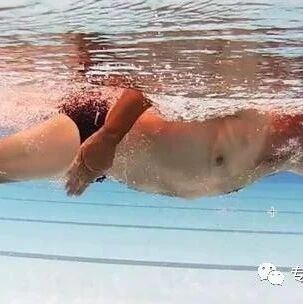
To swim freestyle comfortably with effortless breathing, start by mastering the arm movement first.
